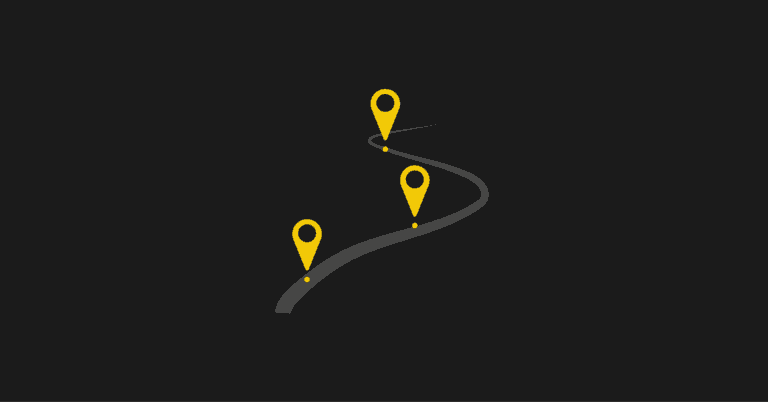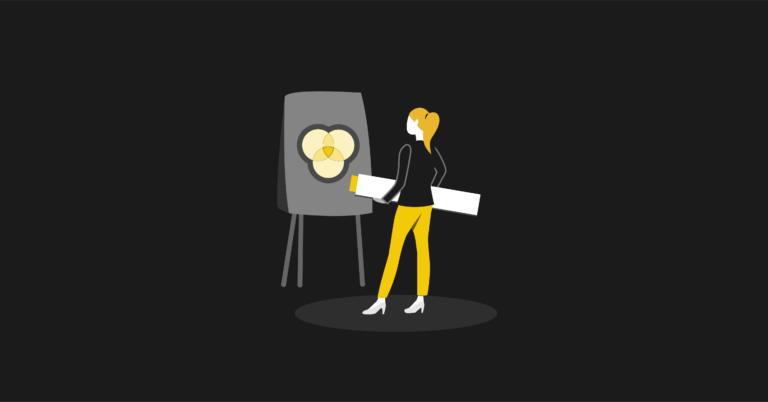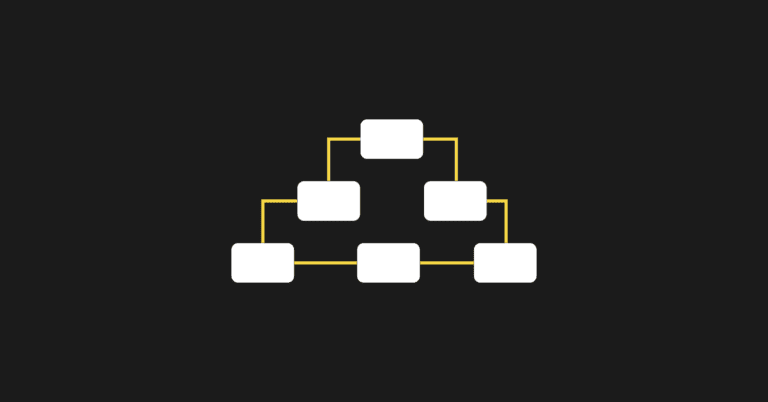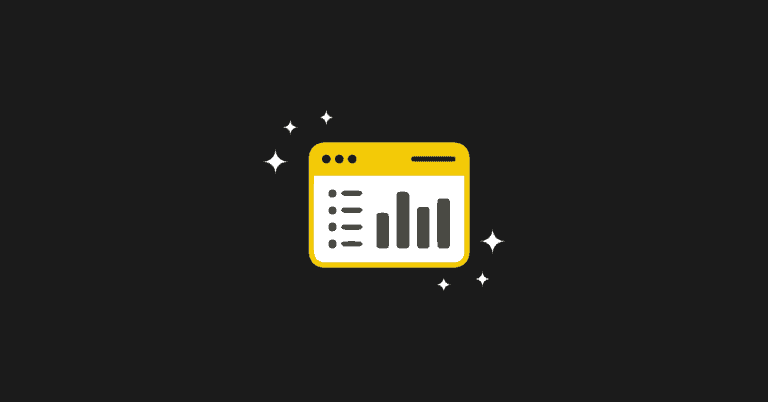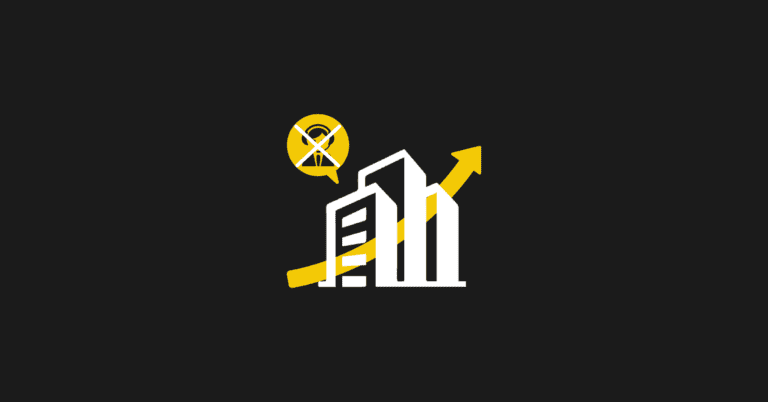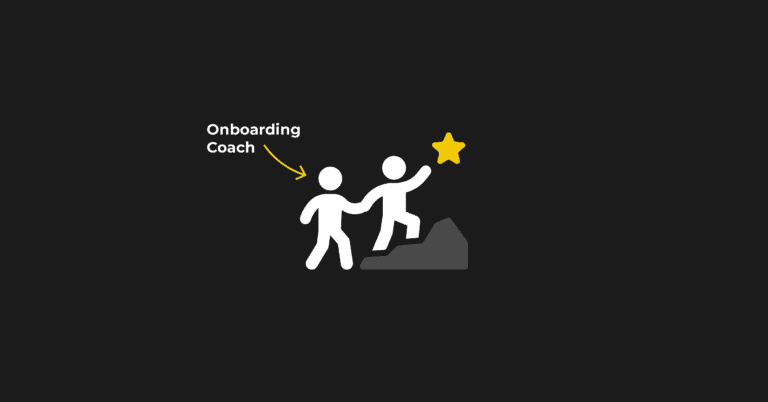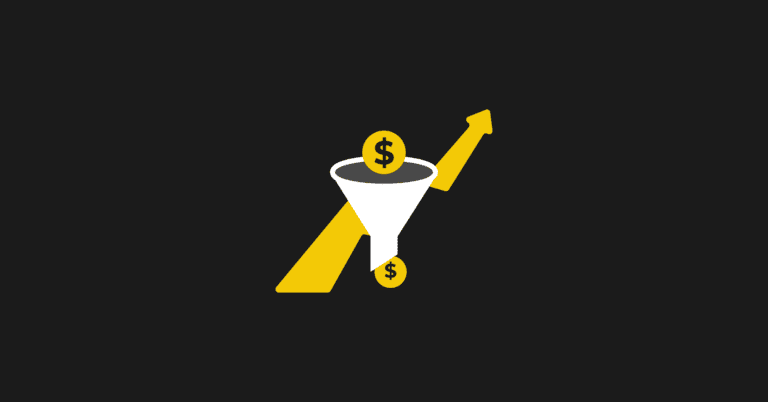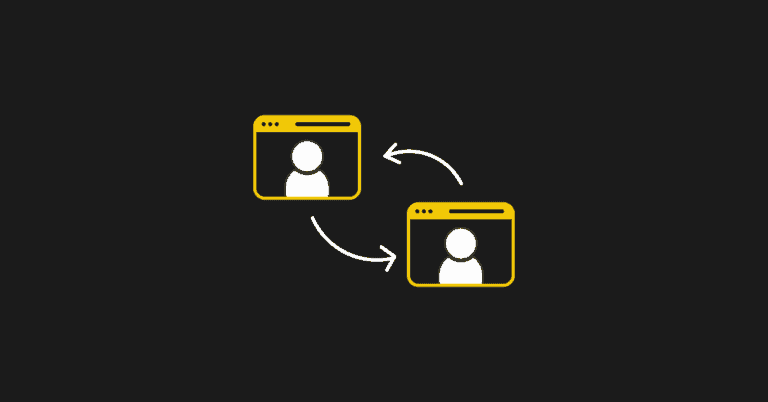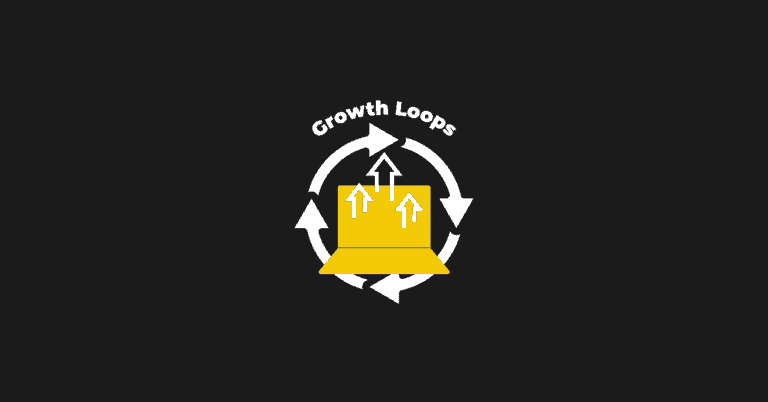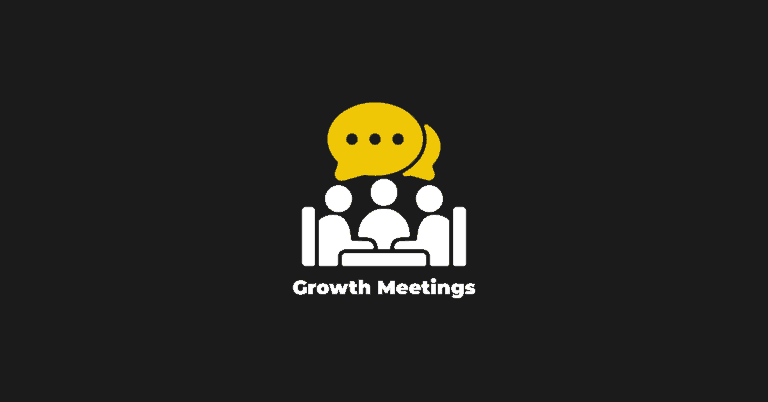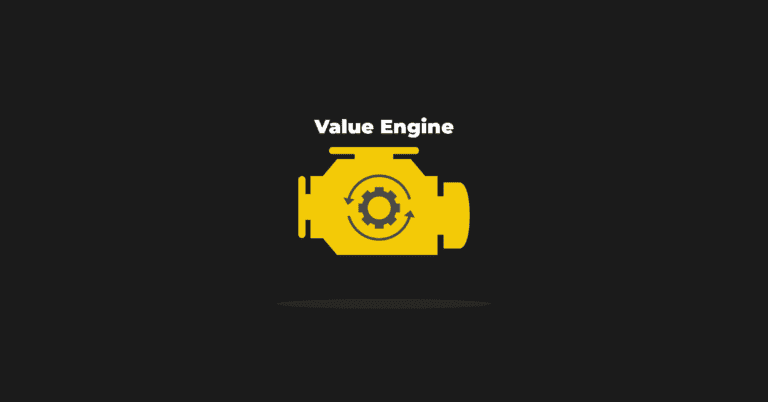One of my favorite scenes in a Disney movie is the magic carpet ride in Aladdin. In that scene, after Aladdin (disguised as Prince Ali) rolls into town dressed to impress, Princess Jasmine is turned off by the glitz and glamour. She not only brushes him off but tells him to jump off a balcony.
When he does, she gets worried.
But lo and behold, Aladdin doesn’t fall to his death. His trusty magic carpet saves him. He then offers to take her on a magic carpet ride. Obviously, Princess Jasmine can’t resist (who can say no to such a smooth ride!). They travel to Egypt and Greece while their love for each other blossoms before eventually stopping in China to watch fireworks. The whole time, they sing a duet together:
A whole new world; A new fantastic point of view; No one to tell us no; Or where to go; Or say we're only dreaming.
As I watched this movie for the thousandth time the other day (yes, I’m obsessed!), it hit me! This song should be the theme song for the perfect user onboarding experience. Now, bear with me for a moment. I promise you that this isn’t just another clickbait article. I am going to tell you the secrets that'll make your customer onboarding strategy soar.
Jasmine is like your potential new customer.
They’re dissatisfied with the way they’re currently doing things, much in the same way Jasmine is dissatisfied with her life cooped up in her family’s palace. It may sound like it’s incredible from the outside, but she feels like a prisoner of her family’s tradition.
So, then she meets Aladdin. Here, Aladdin is your product.
At first, Jasmine is skeptical. She’s being pursued by many suitors, just like your prospective customers are being courted by your competitors. So, after reading your blog, checking out your product pages, and finally signing up for a free account, they’re still skeptical about you.
But, Aladdin has a trick up his sleeve – his magic carpet. The magic carpet ride is what convinced Jasmine that Aladdin is the one. That’s the moment she fell in love with him and chose him over other suitors. This is your user onboarding experience.
The goal of user onboarding is to get new customers to sing “A Whole New World” together with you. Because you’re going to give a “new fantastic point of view” and a “dazzling place they never knew.” And after they are done, “it’s crystal clear... that now they’re in a whole new world with you.”
See what I did there?
The Purpose of User Onboarding Flows
User onboarding is the first part of the customer journey. It introduces your product’s features and gives the user a stable foundation on which to build. However, with most products, it will take some time for the user to understand its full worth and how it can help them.
While no two companies follow the same path, the general purpose of a user onboarding flow includes:
- Introduce new users to your product's interface
- Bring the benefits of your product to the forefront
- Show new users how to get the most value
- Finalize account setup and the addition of other users
It’s imperative to the user experience that your onboarding flow is developed around these four details.
An Overview of the User Onboarding Chasm
In all seriousness, you can think of user onboarding as bridging the chasm between the old world and the “whole new world” for new customers. You may be familiar with the concept of “crossing the chasm,” which describes the challenge of transitioning from acquiring “early adopters” as customers at the start of winning the “early majority.” This is something that every SaaS organization deals with. The onboarding chasm is the challenge of transitioning prospects from the old way of how they did things to the new way with your product or service. The perfect user onboarding experience helps new customers cross this chasm from the old world to the new world.
This journey, though, isn’t without any perils. The onboarding chasm is when most products lose potential customers. According to Intercom, for SaaS products, 40 to 60 percent of users who sign up for a free trial of your software or SaaS application will use it once and never come back.
Worst yet, according to research by Tom Tunguz from the VC-firm Redpoint, only 5 to 15 percent actually make it across the onboarding chasm and become happy paying customers.
This isn't effective onboarding. It means your onboarding plan is broken.
It’s no wonder why this is the most critical part of any product’s user journey. This moment will set up new users to become happy customers for life, or turn them off and leave your product for good. Without a safe way across this onboarding chasm, people have to make a big leap on their own, with lots of risk of losing them.
How to Help Users Cross the Onboarding Chasm
How do you get our users to cross over to the new world?
Well, you could get a magic carpet, just like Aladdin.
But, in the real world, those don’t exist. So, you need to build a bridge, or in this case, a S.L.A.C.K. line, which stands for the five stages new customers take in the user onboarding process:
1. Set Up
The first stage is the setup stage. Before new customers can experience your product, they first have to sign-up and set up their account.
This can be as easy as filling out their name, email, and password. All too often, it feels like an obstacle course from the American Ninja Warrior.
This is where the successful onboarding process begins.
Keeping Your Sign-Up Forms Short
Take, for example, the following form with over 20 fields. Would you sign-up for a product if you saw it?
For me, heck no! I get it. They’re probably trying to get more context and information to send to their sales team to better qualify new accounts.
But, come on, did they really need to ask for your suffix? Really?!
This example is from a ConversionXL article, in which they found that every field you ask new customers to fill increases friction. In one example, removing one form field resulted in a 26 percent increase in the sign-up rate.
In some cases, you can get away with a lot of fields when your company has a big name in the industry. Take a look at Shopify’s sign-up flow; they ask for up to 18 things on three different pages during the Setup stage! But, since Shopify is a well-known and trusted brand, they probably can get away with it.
The point here is the best thing to do at this stage is to keep your sign-up form short. Remember that prospects are still not fully bought in. They’re still skeptical. Don’t give them a roadblock at this point in their journey.
Asking for a Credit Card Upfront
Another roadblock is asking for a credit card upfront. If buyers are still skeptical at this point, they’re not likely to give their credit card information. Some companies like Box require it. If you ask for a credit card number during a free trial, two outcomes are bound to happen:
- Reduce sign-up rates
- Improved lead quality
There are pros and cons to asking for a credit card upfront. The team at ChargeBee wrote a whole article on this topic. If you intend to get more people to try your product, the best option is to make your sign-up process as frictionless as possible. This means not requiring credit card details upfront with no strings attached.
If you do remove the credit card requirement from the sign-up, you’ll get more people to try your product, but you have to qualify them better, try to win more of them, and thus earn more.
Requiring Email Activation
Another conversion killer during the account Setup stage is requiring users to activate their email addresses. This is a common practice for many SaaS businesses.
However, according to Wes Bush, one of his clients found out that 27 percent of all his signups never ended up activating their email address. Let that sink in for a moment. Those users never even got a chance to touch foot in the whole new world of their product!
A back-of-the-napkin calculation showed that if that company removed the activation step from the beginning of the onboarding flow, they’d be able to generate a 6-figure ARR outcome. In less than a week of removing the activation step, they saw a significant bump in their MRR.
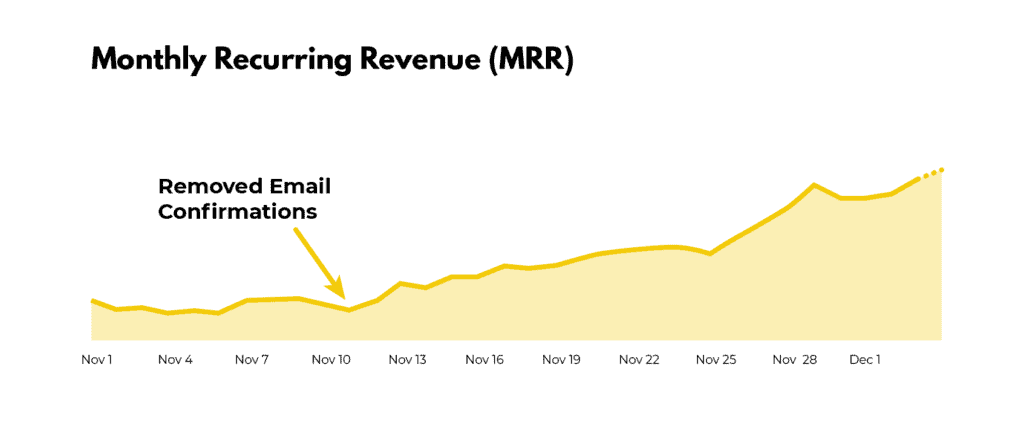
2. Learn
After people have set up their accounts, the next stage is the Learn stage. In this stage, you have one goal with your product’s user onboarding – to show new customers how your product helps them make their lives better.
Make every new user feel like your only user.
I call this stage the valley of the shadow of new users’ death because this is where most users leave your product for good. As previously mentioned, according to Intercom, 40 to 60 percent of users who sign up for most SaaS products log in once and never come back again. When you lose a user's interest during the learn stage of the user onboarding, odds are you'll lose them forever.
Why is the learn stage where most products lose new users?
It’s because the act of learning new things is hard, especially if it means unlearning old habits. Once you’ve formed a habit of doing things, it requires a massive effort, will, and energy to change it.
For example, imagine trying to drive a left-hand drive, automatic transmission car in America for years, then all of a sudden having to drive a right-hand drive, manual transmission car in the United Kingdom.
The last time I made a trip to London, I almost got into an accident because my old habits kicked in. I was driving on the wrong side of the road! But, with enough motivation, a bit of practice, and encouragement from my friend, I got the hang of things. Without the right environment for me to learn, I probably would have given up.
BJ Fogg Behavior Model
In the same way, our job is to create an environment where new users are motivated, encouraged, and rewarded for learning new things. One of the most effective models for helping new users learn new things is the BJ Fogg Behavior Model
The BJ Fogg Behavior Model states that for someone to exhibit a new behavior or action, there are three elements at play:
- Motivation – the general desire or willingness of someone to do something.
- Ability – how easy or hard people find it to use your product
- Triggers – tools you can use to prompt a particular behavior
To increase the likelihood of a user taking action, you have to increase motivation and ability and provide a trigger at the right moment.
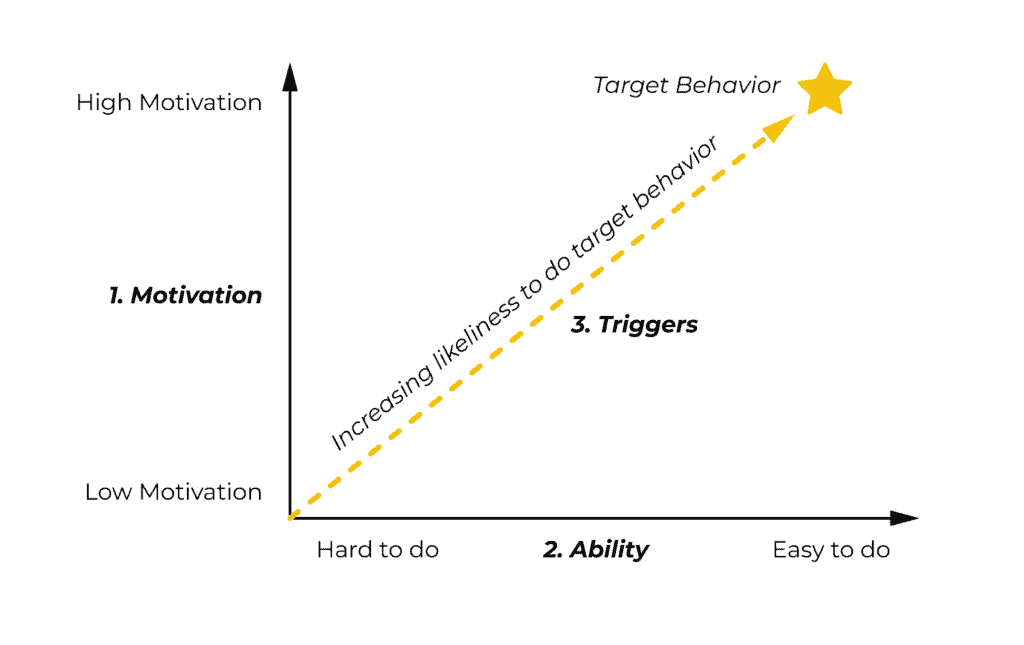
Increasing Motivation
When I was teaching marketing at a local college, one of the things I asked all of my students was what they wanted to do after the program. Some wanted to start a business. Others wanted to work for an agency. A few others wanted to work in startups. I would take note of all my students’ responses so that when a topic comes up in class, I can tie it back to their career goals. This helped me motivate the students to do well.
Similarly, your user onboarding should be tailored for each of your new customer’s primary goals. This is where an onboarding checklist can help.
Your product may do different jobs for different market segments. Instead of a one-size-fits-all experience, segment the people who signed up for your product and personalize the user onboarding experience based on their primary goal.
By personalizing the user onboarding experience for your user’s goals, you can better communicate how your product is the solution to help them. You can also better show new users what their new world could look like through videos, product demos, or just pictures.
You can take this one step further by populating your empty states with examples. This way, users are better able to visualize your product in use. This strategy also encourages learning by doing, which allows you to show users the power of your product quickly.
Take Basecamp, for example. After registering for a new account, users land on an example project page, showing examples of company-wide announcements, team member profiles, and projects.
Increasing Ability
The second part of this equation is increasing user ability or making it as easy as possible to complete the desired action. The best way to do this is to help new customers take the smallest number of steps to achieve their primary goal with your product. To do this, you must do three things, which the Bowling Alley Framework walks you through:
- Identify your user’s primary goal or job that they’re hiring your product to do
- Map out the minimum number of steps to get them there
- Identify and address any obstacles that may come up along the way
Most obstacles will be evident to you. They are the steps in a user's journey that:
- Require the most work
- Are the most boring to complete
Determine which steps a new user must complete accomplishing their primary goal. If there are optional steps, opt to delay these or eliminate them if it doesn’t hurt the onboarding experience. Understanding this is a big part of creating a magical onboarding journey.
In some cases, there are some obstacles that new users must complete. For example, for Appcues, a user engagement platform, one of the most significant barriers for new sign-ups is installing the Appcues code to their website. Every new customer has to complete this step to experience the value of the product thoroughly.
There are several ways the team at Appcues has made this as frictionless as possible. One way is to help new users invite one of their team members to do it for them.
This is a great way for a new team member and existing employees to connect.
Another way is just by being responsive and helpful. When I got stuck installing Appcues, their team offered to jump on a video chat to troubleshoot the problem. Not only did they do that, but they also showed me how other companies are using their tool to grow their revenue:
In the end, I had a handful of video calls with their support team to get Appcues up and running finally. Throughout the whole process, I was impressed with their responsiveness and willingness to help.
Creating Triggers
The last component of driving user behaviors is to create triggers. Triggers are cues or reminders that prompt users to take a specified action. In The Bowling Alley Framework, these are the product and conversational bumpers.
Be mindful that since everyone learns differently, make sure to educate your new users in a handful of content formats. Some prefer reading manuals, while others learn quickly with videos. Some (like me) prefer just to get my hands dirty and jump head-first into the product and learn things along the way.
It might be tempting to implement all the product and conversational bumpers to take every opportunity to trigger new users into adopting your product. But doing that will just result in them feeling overwhelmed or annoyed.
A useful concept here is the idea of self-directed learning, as described by Malcolm Knowles, an adult educator, in a Stanford University research paper:
Individuals take the initiative, with or without the help of others, in diagnosing their learning needs, formulating learning goals, identifying human and material resources for learning, choosing and implementing appropriate learning strategies, and evaluating those learning outcomes.
Knowles found that students perform better when they're in control of their learning, staying motivated, pushing themselves harder, and gaining confidence in their own abilities.
The point here is that triggers will only work if new users have sufficient motivation and ability. So, work first on knowing your user’s primary goal with your product. Then, help them achieve that with the smallest number of steps, then finally figure out the right triggers to help them move through each step.
3. Achieve
The next stage is the Achieve stage. This is the first significant milestone for the user. This is when they accomplish the job that they hired your product to do for the first time. I call this the first activation point.
The First Activation Point
The first activation point is the first time new users experience the value of your product and achieve their desired outcome. Everything in the Learn stage should be leading new user’s to their first activation point. In The Bowling Alley Framework, this is the first time that users get a strike.
The first activation point should be related to the job that users hired your product to do. For example, for freelancers who signed up to FreshBooks to send an invoice to their clients, the first activation point is when they:
- Finish setting up their account
- Add a new client
- Create an invoice
- Send their first invoice to a client
For professors who signed up to Calendly to schedule office hours with students, the first activation point is when they:
- Sync their Google Calendar
- Set up their availability
- Send the link to their students
- At least one student books time with them
If your product does different jobs for different market segments, then you would have different first activation points for each segment. For example, for sales executives who signed up for Calendly to book meetings with prospects, the first activation point would be the first time that a website visitor schedules a meeting.
Three Types of Rewards
In any case, your user’s first activation point is a huge achievement. As I previously mentioned, the Learn stage is the valley of the shadow of new users’ death. Now that they’ve accomplished the job they hired your product to do for the first time, you should reward them for getting this far.
In Nir Eyal’s book Hooked, providing a variable reward is part of building a habit-forming product. It helps users remain excited and motivated to keep on using your product. New customers have to experience the value of your product multiple times. That’s where rewards come in. Eyal suggests that there are three types of rewards.
The Reward of The Tribe
The first is the rewards of the tribe, which are rewards driven by our desire to be included, accepted, and connected with other people.
For example, Buzzsprout, a podcast hosting tool, rewards new podcasters by providing them a badge for releasing their first episode. They’re encouraged to post this on the Buzzsprout Facebook group, where other podcasters can cheer them on.
The Reward of The Hunt
The second type of reward is the reward of the hunt. These are rewards after a successful hunt. Where we once hunted for food, today we hunt for other things – coupons, deals, and information.
For example, with ProdPad, a product management software, the reward for completing tasks during the onboarding is extra free trial days. They’ve gamified the trial experience. As they outlined in their blog, it’s working. It’s helping them meaningfully engage with their newest users, and speeding up their trial-to-conversion rate.
Some companies even ship swag like t-shirts, pins, or stress balls for high-value customers. Whatever it is, even a simple congratulations email, make sure to acknowledge and reward new users for completing tasks.
The Rewards of The Self
The final type of reward is the reward of the self, which are rewards based on a personal form of gratification. It’s based on our desire to conquer obstacles and seek mastery of the world around us.
For example, the navigation app Waze levels up its users by assigning each an avatar that evolves as they use the app more. When an app user first creates an account, they’re assigned a “rookie” level to show there is room for progress.
The most effective reward system involves a combination of the three types of rewards above. With Waze, you can share to Facebook or Twitter your level (the reward of the tribe). Also, as you advance to higher levels, your reporting permissions grow, as your reports get greater influence on real-time routing (the reward of the hunt).
4. Commit
In The Bowling Alley Framework, the Achieve stage is when new customers get their first “strike.” The Commit stage is when new users have used your product multiple times to the point that it’s become a habit for them.
The Tipping Point
I call this point the tipping point. In Malcolm Gladwell’s book The Tipping Point, Gladwell defines the tipping point as "the moment of critical mass, the threshold, the boiling point.” This is the moment that an idea or product stays in the mind of consumers and influences their future behavior.
This idea has been around for years with Silicon Valley startups. Others have called this the “magic number.” For Facebook, adding one friend is not enough. But, their growth team found that getting new users to add seven friends in ten days increased the likelihood of that user becoming a long-term active user.
Slack found a similar magic number. In an interview with First Round Review, here’s what Stewart Butterfield, Slack’s co-founder, described it as:
Based on experience of which companies stuck with us and which didn't, we decided that any team that has exchanged 2,000 messages, 93% of those customers are still using Slack today.
It’s not enough to just send one message to a colleague. For new teams on Slack, that’s when someone enters their email address and receives an email with a link. From there, they complete a simple form and hit submit to start their team. Of course, for Slack to work, users need to invite other team members. Finally, they send their first message in a channel or a direct message to someone. These are all the steps required to get users to the first activation point.
But, that’s not enough for a team to commit to using Slack for their communication. Butterfield and the Slack team found that the tipping point is when a Slack group collective has sent 2,000 messages. According to Butterfield, for a team of around 50 people, that means about 10 hours' worth of messages. For a typical team of 10 people, that’s maybe a week’s worth of messages.
Twitter also has a similar number. Josh Elman, who worked in growth at Twitter and is now a partner at Greylock Partners, has said. “If Twitter couldn’t get a person to follow 30 other people, that person was very unlikely to ever come back.”
Retention: The End Goal of Onboarding
Retention: The End Goal of Onboarding
Andrew Chen, General Partner at Andreessen Horowitz, wrote a full guide on how to figure out your product’s tipping point. The point is that it's a big mistake to think you've successfully onboarding new customers if they've only accomplished the job they hired your product just once.
The goal of user onboarding isn't just getting prospects to cross over to the other side but to “burn the bridge.” In other words, they’ve said, “Yes, I do!” and there’s no turning back. They can’t imagine their life without your product going forward.
This brings up a very important point:
Just because someone pays for your product once, does not mean they’ve committed to sticking with you.
If you look at the retention curve for most B2B SaaS companies, new customers have the highest risk of canceling their account for good in the first thirty to ninety days. According to research by GoodData, most SaaS products lose 60% of new customers in the first 30 days. After 90 days, less than 20% of new customers still use the product consistently.
User onboarding shouldn't stop once new users convert into paying customers, but when your product has become a habit. At this point, they’d be upset if your product no longer exists tomorrow. What you want to do is continue to educate, motivate, and trigger new customers until they reach the tipping point. They indicate to you through the engagement with your product that they are very likely to stick around for a long time.
5. Keep
So, you’ve built trust with new customers, helped them accomplish the job they hired your product to do, and they’re starting to use your product consistently. You’re both now singing “A Whole New World,” and the user has acknowledged that your product is the one.
For most, user onboarding stops here. All the love and care that the new customers were getting during the learn, achieve, and commit stages disappear. The user onboarding team is thinking, “Our job is done. Time to pack things up, ladies and gentlemen!”
This is a big mistake. Yes, new customers committed, crossed the bridge to the “whole new world” with your product, and burned the bridge behind. But, there’s still a risk that they’d turn back around and rappel back to the way they used to do things. Worst yet, they run to the arms of one of your competitors.
That’s why now is the perfect time to make sure you have a system in place to keep new customers by showing them other things they can do in the new world. This is the time to take your relationship with your new customers to a whole new, deeper level.
You can start by asking two questions:
- Are there any other problems that your users have?
- How can you help them with those problems?
At this stage, you have two options: go deeper or go wider.
Going Deeper by Educating New Customers
In the learn stage, you helped new users accomplish the job they hired your product to do in the minimum number of steps. In this stage, you can go deeper by educating new customers with advanced configurations and features to help them do that job more effectively.
For example, for sales executives who signed up for Calendly for meetings with prospects, the first activation point is the first time a prospect schedules a meeting using their Calendly link. In the Keep Stage, you could let them know about advanced features that would help them close more deals such as:
- Embedding Calendly on a landing page
- Sending SMS notifications to your prospects, so they don’t miss meetings
- Automatically distributing meetings to their team based on availability, priority, or equity
- Integrating Facebook pixel code to the Calendly page so you can launch retargeting campaigns to those who viewed the Calendly page but didn’t book a meeting
Going Wider by Introducing Solutions
The other option is to go wider by introducing solutions to other problems that your customers face.
For example, there are many reasons why people sign up for Hubspot, such as:
- Generate leads with landing pages
- Nurture and close leads with email workflows
- Set up your company’s website on Hubspot
- Manage your social media
- Track the ROI of your Facebook, Instagram, LinkedIn, and Google Ads with precision
- Create and share links to leads to book meetings
- Make, log, and record calls
- Manage your sales team
- Chat with website visitors live or with a chatbot
Let’s say you know through the onboarding process that a new customer signed up for Hubspot specifically to just generate leads with landing pages. In the Keep stage, you can educate them on using social media to drive traffic to that landing page. Or you can show them how to track the ROI of their paid ads with precision by integrating their social channels to Hubspot. If they have a sales team, you could also let them know about the benefits of subscribing to Hubspot Sales along with Hubspot Marketing.
Onboard Users to The Whole New World of Your SaaS
It’s no wonder why user onboarding is the most critical part of the user journey for any product. It’s a journey full of danger. New customers have to cross the onboarding chasm and transition from skeptical to happy paying customers. Along the way, they have to pass through the five stages of onboarding over the valley of the shadow of new users death:
- Setup – Filling out a form to sign-up for your product
- Learn – Learning the minimum number of steps to accomplish the job they hired your product to do
- Achieve – Experiencing the value of your product for the first time (the first activation point)
- Commit – Using your product enough times to signify that they’ve committed (the tipping point)
- Keep – Continuing to learn more advanced or adjacent features to help them do their job more effectively
Hopefully, after reading this, your new users become happy customers for life and the relationship ends much like in the movie Aladdin — and they lived happily ever after. With a structured onboarding program, you're well on your way.

